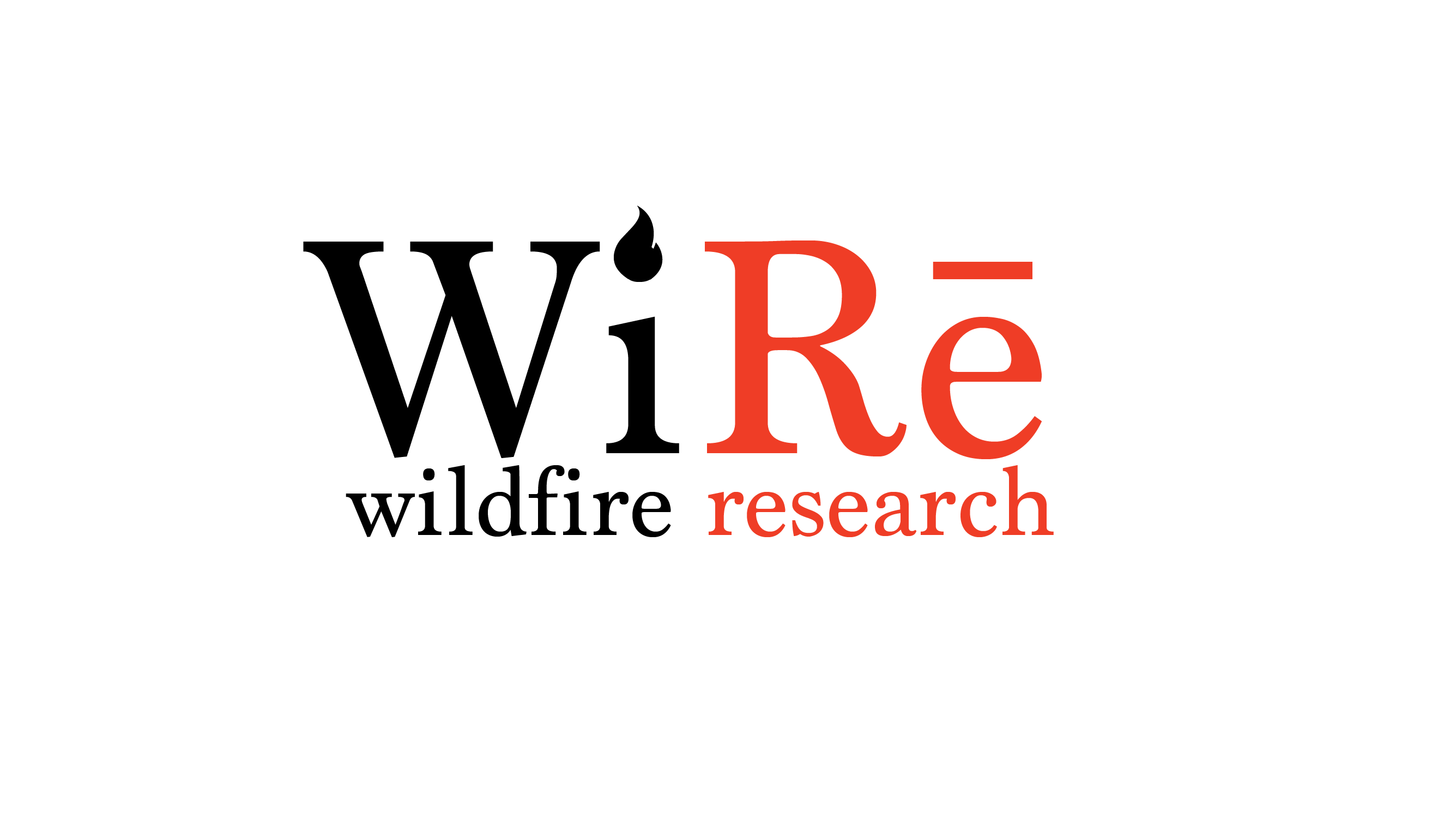The Co-management of Cross-Boundary Fire Risk Transmission (CoMFRT) project is a partnership to identify strategies and address cross-boundary fire risk. As a partner in the CoMFRT project, the WiRē team collaborated with Chelan County Fire District 1 (CCFD1) to collect parcel level rapid wildfire risk assessment data paired with social surveys of the parcel residents. The CoMFRT_WiRe_CCFD1_Summary Report describes the project area and some of the preliminary results.
One of the central themes of the CoMFRT project is to better understand the biophysical and social characteristics of communities and the surrounding landscape that lead to successful reduction of wildfire risk or present barriers to risk reduction. To that end, some of the social survey questions and key findings were:
Q: How residents think wildfire risk would be transmitted to, and from, their properties:
A: Residents thought the most likely route of wildfire transmission would be from nearby public land to their neighborhood (48%) and the least likely route of transmission from their properties to their neighborhoods (30%).
Q: How accepting are residents of fuels treatments on proximate public lands:
A: All four of the fuels treatments (burning piles, managing a naturally ignited fire, removing trees and vegetation, prescribed fire) were very, or extremely acceptable to well over half of the residents. However, there were notable differences in the level of acceptance for each of the treatments across the communities.
Q: Where do residents get information about reducing wildfire risk:
A: CCFD1 was the most often reported (73%) source of information for wildfire risk reduction. The second most reported source of information was neighbors, friends and families (52%).
